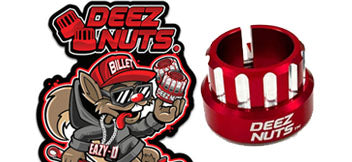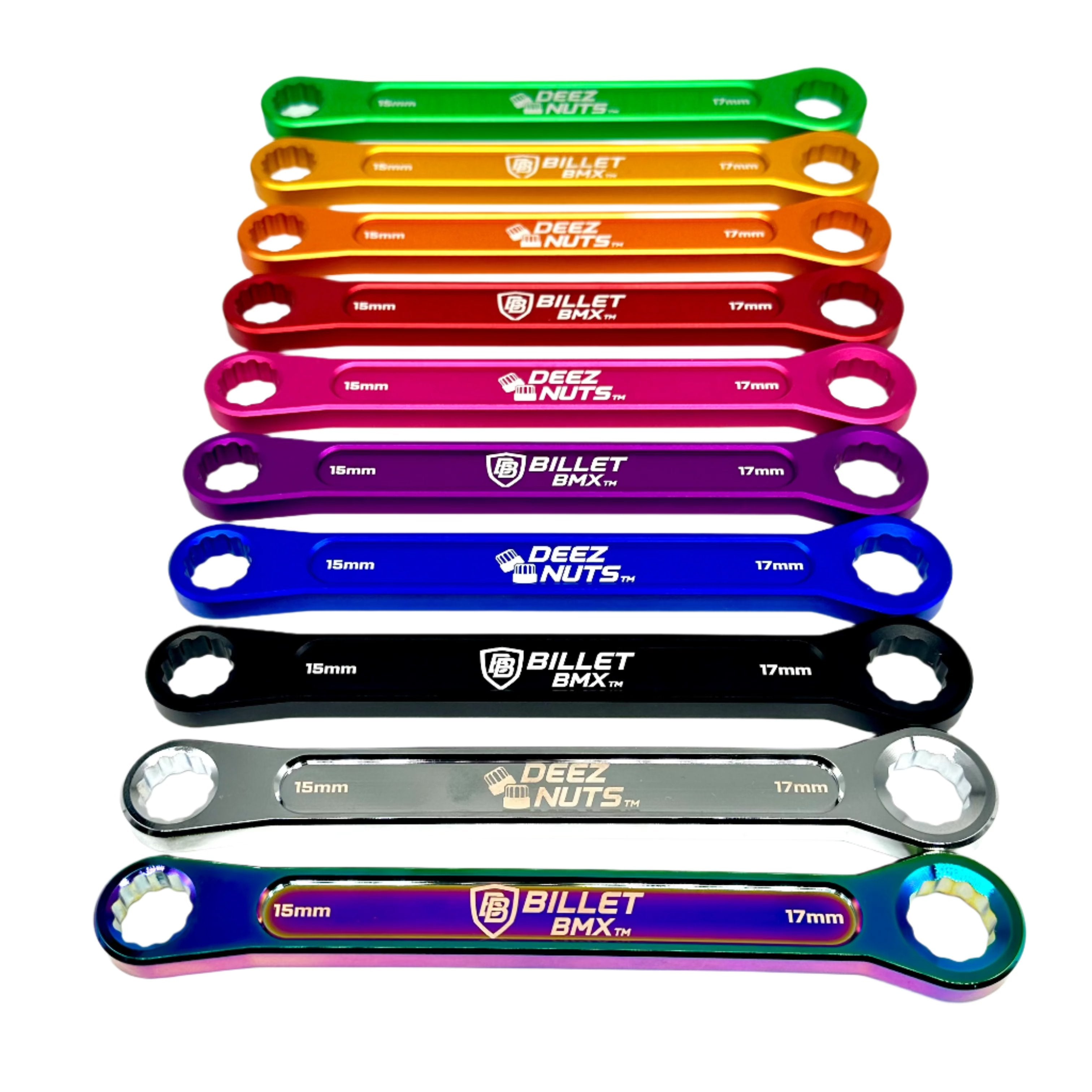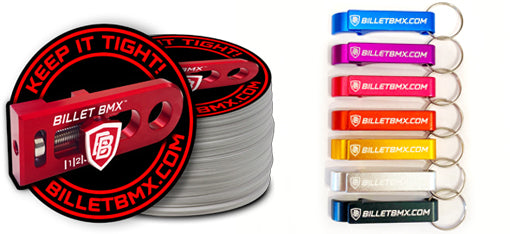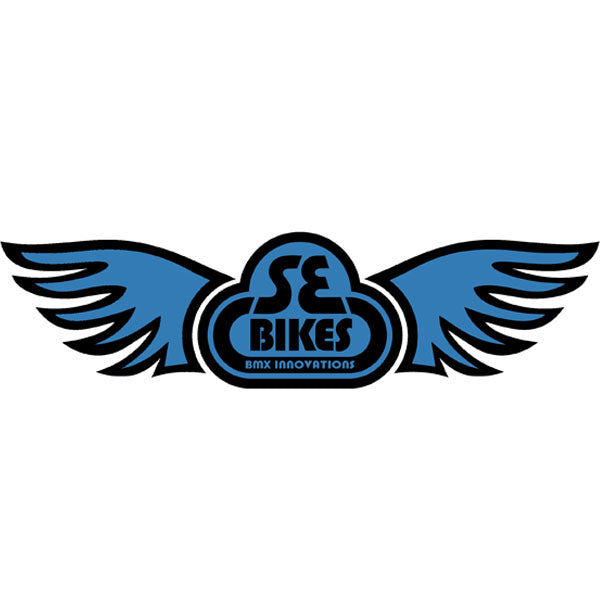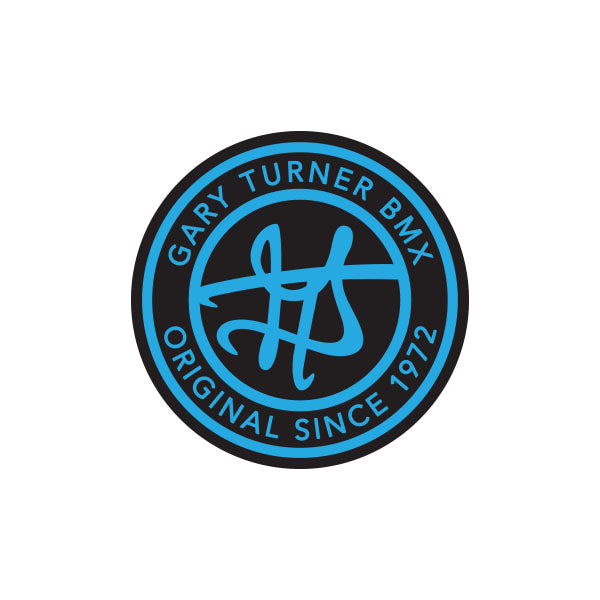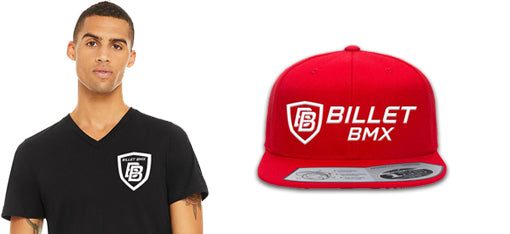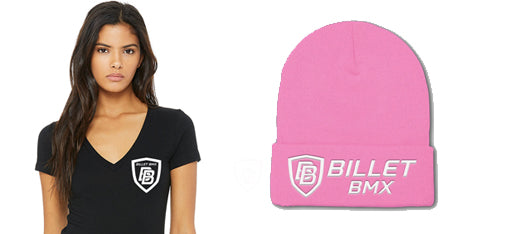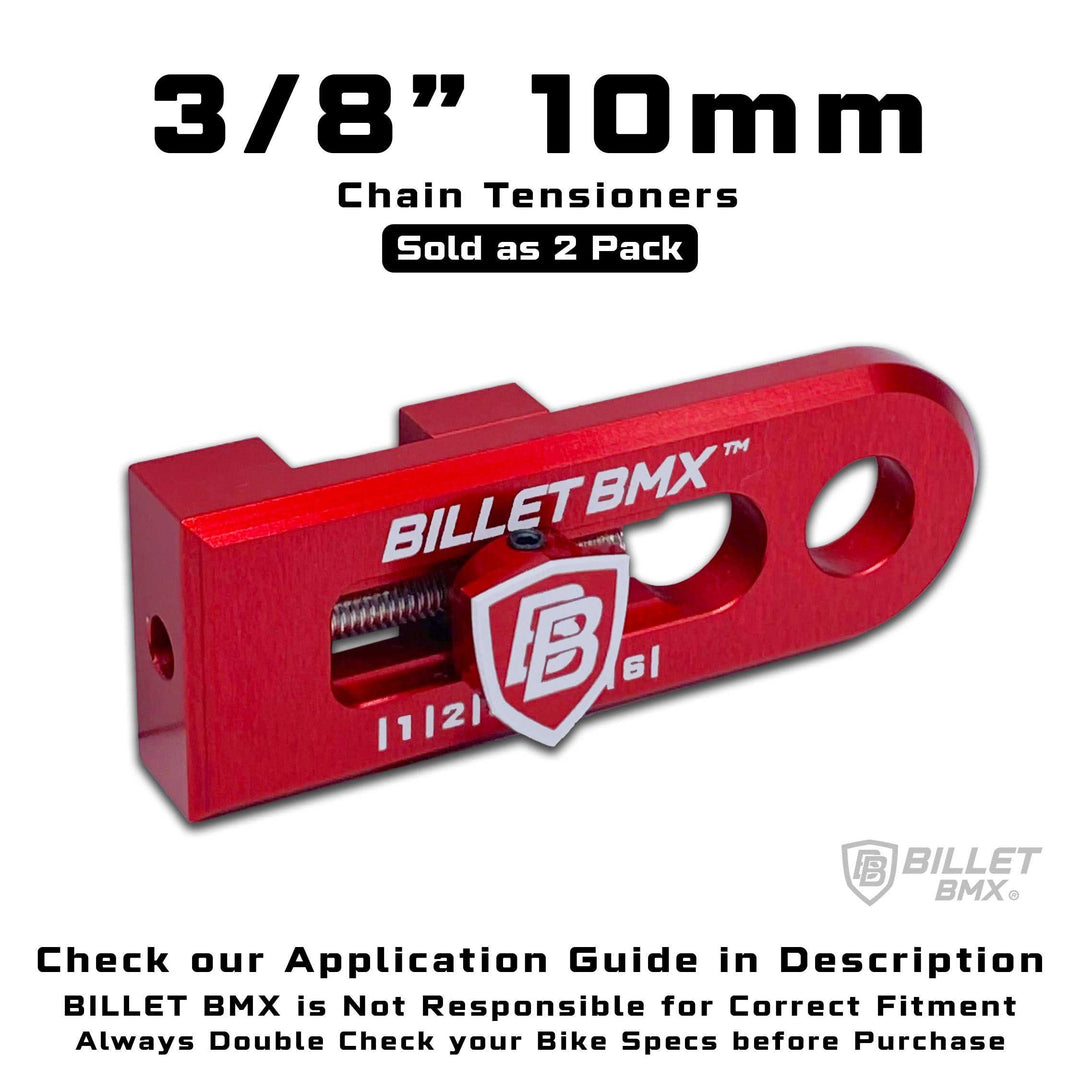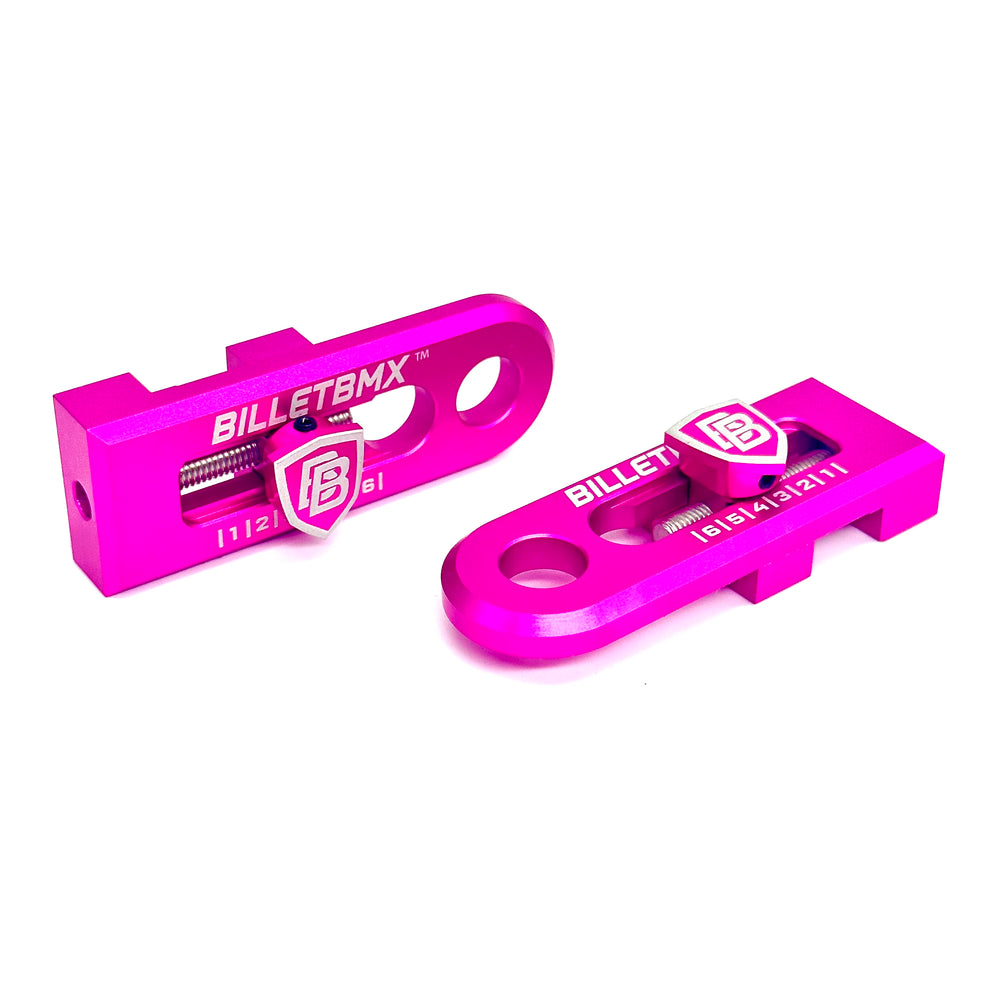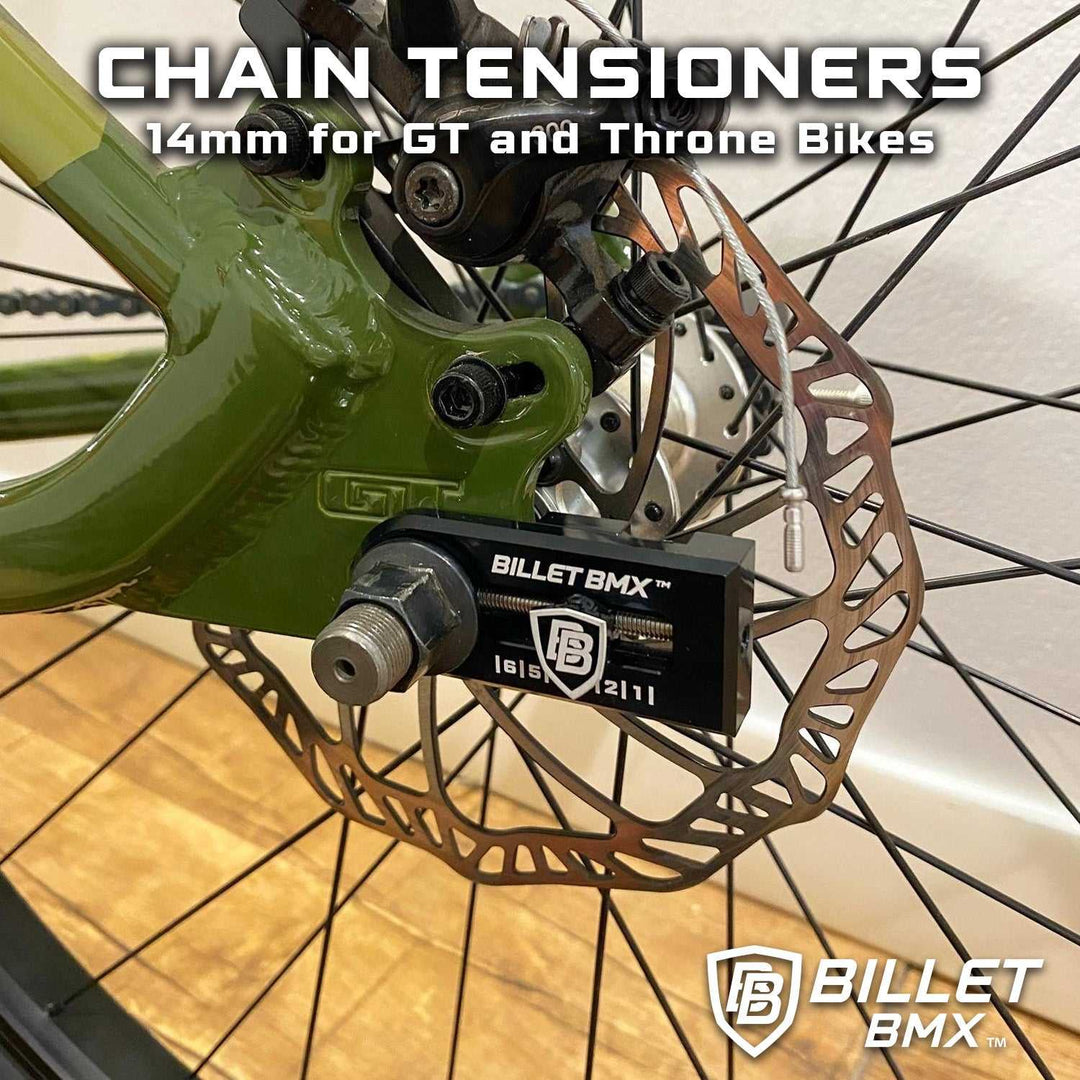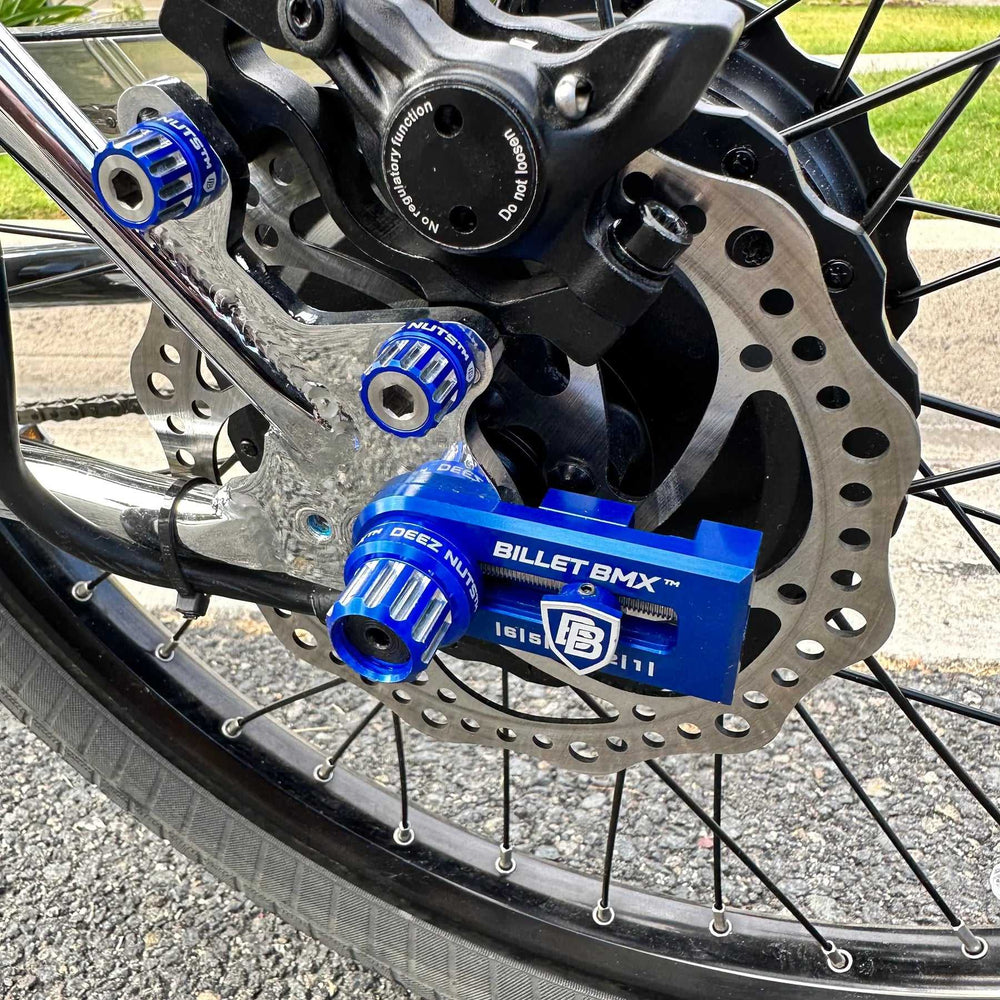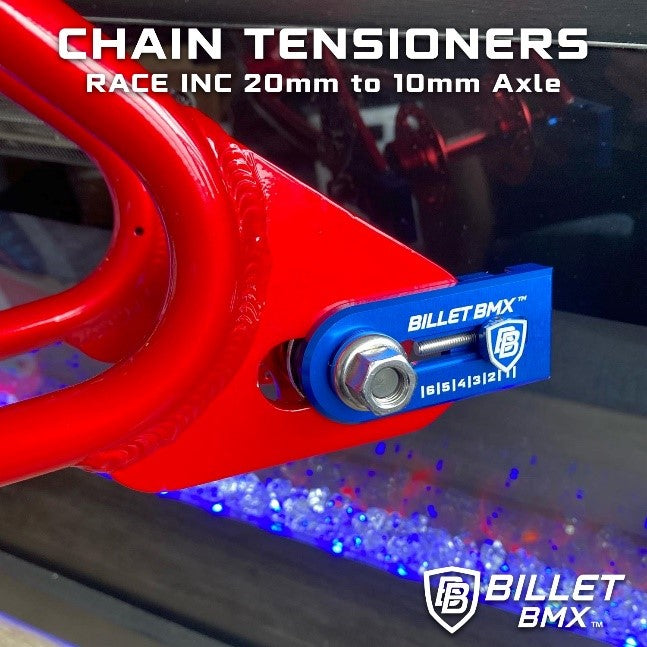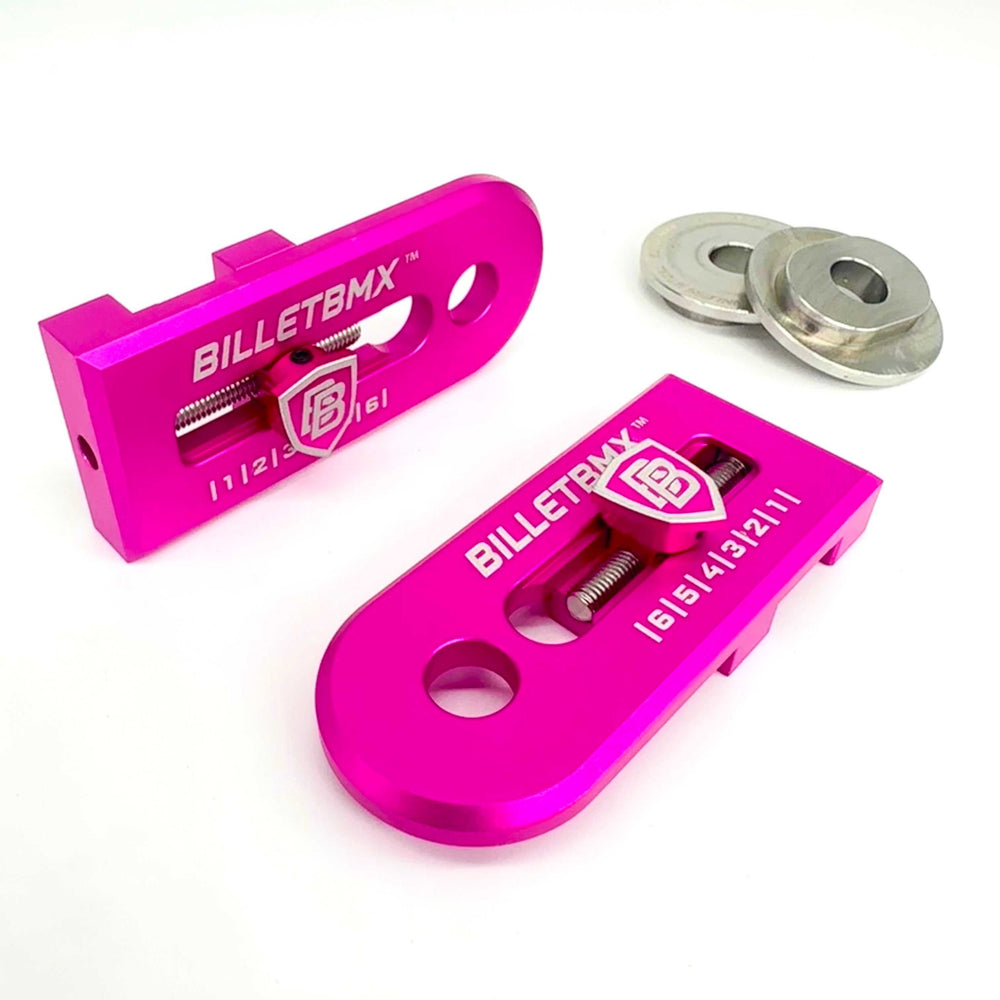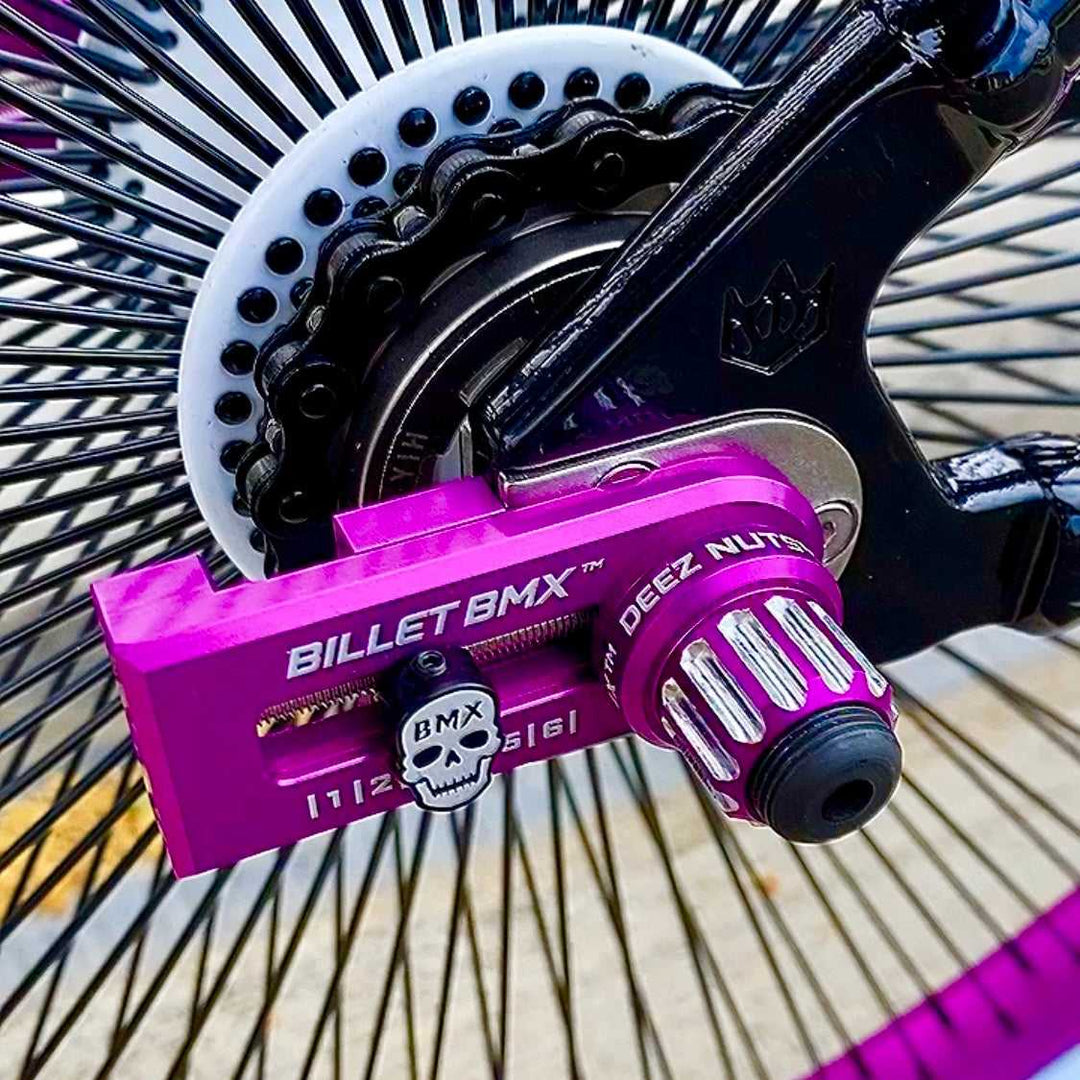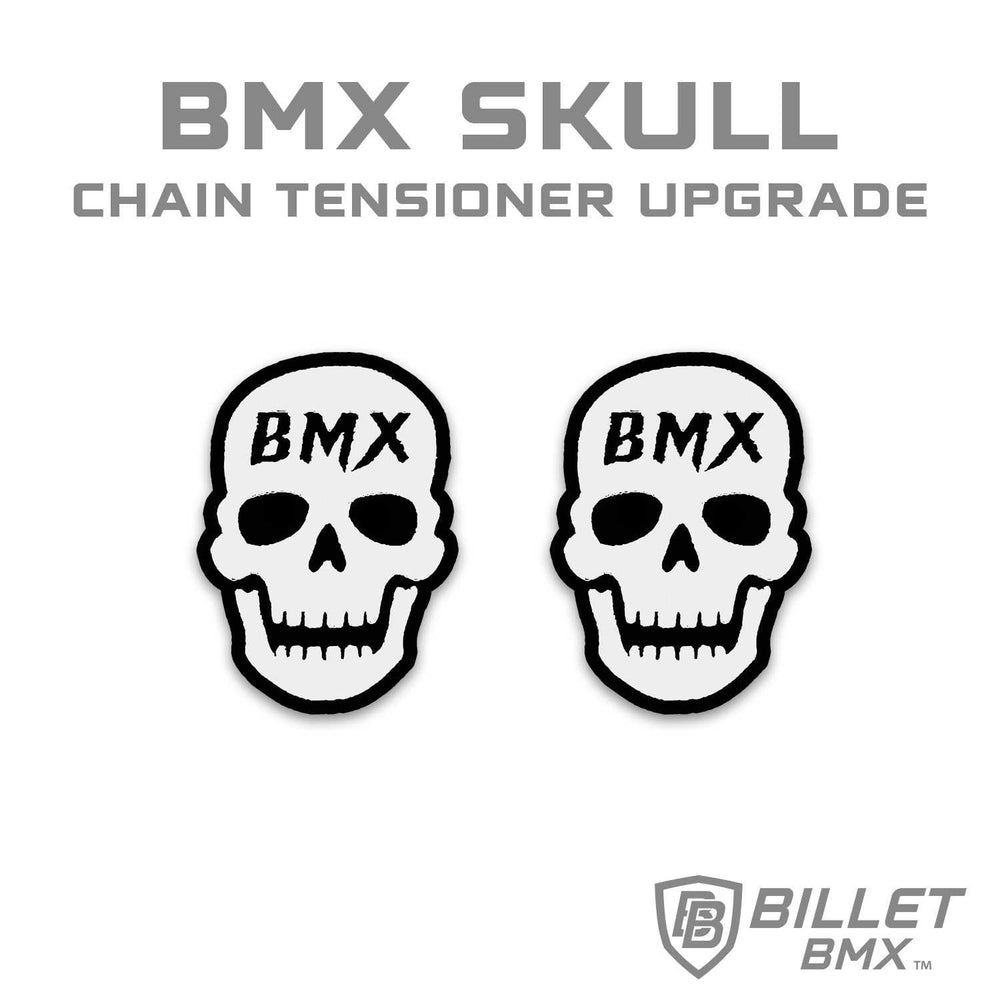The Hidden Impact of Headset Spacers on Bike Fit and Comfort
When it comes to optimizing your bike fit, comfort, and handling, one often overlooked component is headset spacers. These small cylindrical pieces, typically made from aluminum, carbon fiber, or steel, play a crucial role in adjusting handlebar height and optimizing rider posture. Many cyclists focus on their frame, saddle, and handlebars while neglecting how headset spacers can fine-tune their riding position. Whether you're a BMX rider, mountain biker, or road cyclist, understanding the function and benefits of headset spacers can help improve your riding experience and overall performance on the bike.
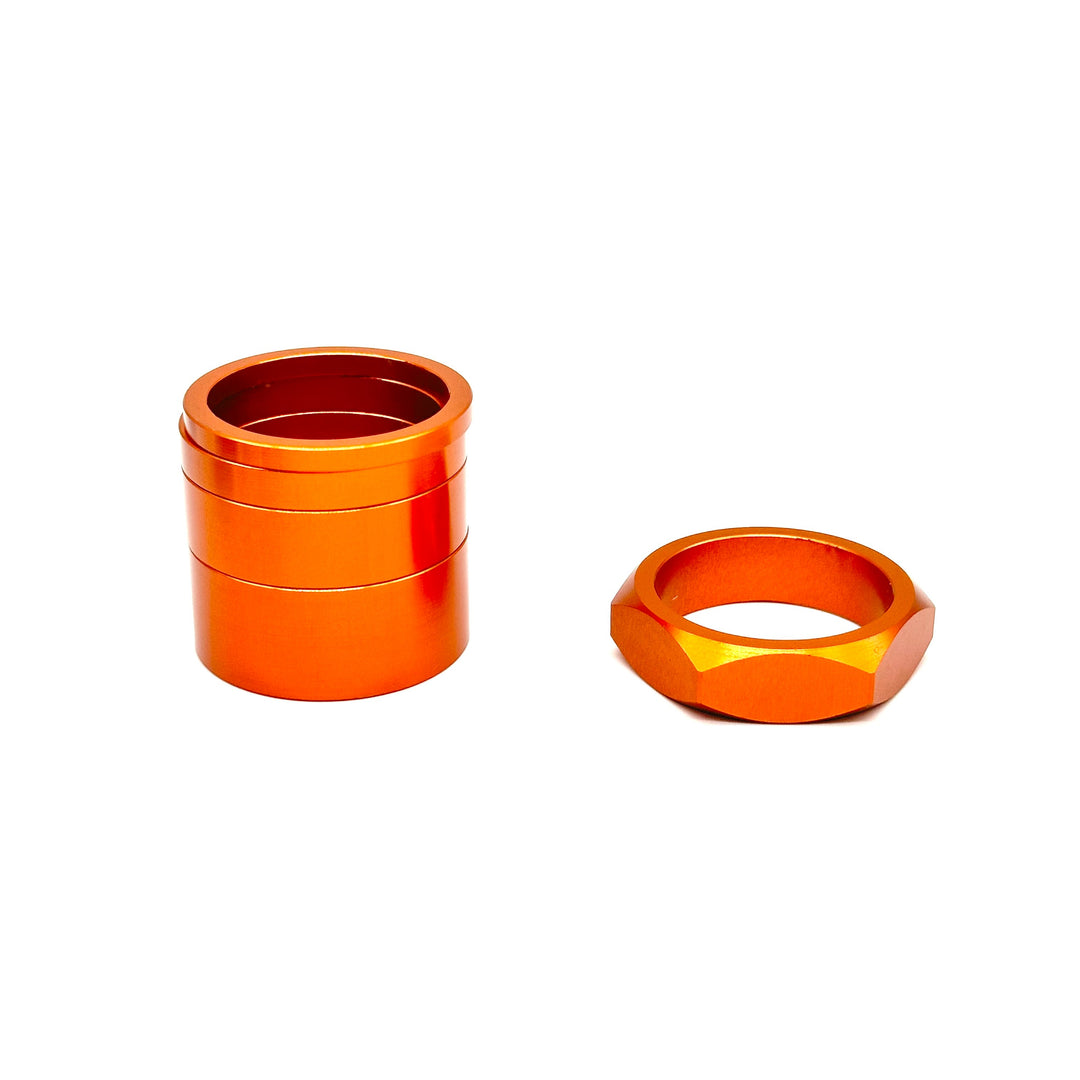
What Are Headset Spacers?
Headset spacers are rings placed on the steerer tube of a bicycle fork, positioned either above or below the stem. They allow fine-tuned adjustments to the handlebar height, affecting overall bike fit, comfort, and control. These small but essential components can significantly impact the feel of your ride, ensuring that your position aligns with your riding style and body mechanics.
Spacers come in various thicknesses, typically ranging from 2mm to 20mm, giving riders flexibility in customizing their setup. The ability to stack or remove spacers allows riders to find their ideal riding position without making permanent changes to their bike. They are essential for achieving a proper riding position, whether you prioritize aerodynamics, endurance, or maneuverability, making them a vital component of bike customization and adjustment.
The Role of Headset Spacers in Bike Fit
Adjusting Handlebar Height
One of the primary functions of headset spacers is to adjust handlebar height. By adding or removing spacers beneath the stem, riders can raise or lower their handlebars, which directly affects posture and riding efficiency. The correct handlebar height ensures better weight distribution, reducing strain on muscles and joints during long rides.
-
Higher Handlebars – Adding headset spacers raises the handlebar position, which can reduce strain on the back, neck, and wrists. This is ideal for endurance riders and casual cyclists who prioritize comfort. A more upright position helps relieve pressure from the lower back and makes long-distance rides more enjoyable.
-
Lower Handlebars – Removing spacers lowers the handlebars, creating a more aerodynamic position. This setup benefits competitive cyclists looking for speed and efficiency. A lower BMX handlebar position reduces wind resistance, helping cyclists maintain a faster pace with less effort, especially during high-speed racing or time trials.
Improving Comfort and Reducing Fatigue
Headset spacers play a crucial role in comfort. Improper handlebar height can lead to discomfort in the arms, shoulders, and lower back, causing unnecessary fatigue and pain during rides. Spacers help mitigate these issues by allowing small, incremental changes that fine-tune your bike fit for a more ergonomic riding position. By finding the perfect balance between comfort and performance, cyclists can ride longer and more efficiently without experiencing excessive strain or discomfort.
How Headset Spacers Affect Bike Handling
Stability and Control
-
More Spacers Below the Stem – A higher handlebar position shifts the rider’s weight slightly backward, providing better control and stability, especially for technical terrains and descents. This setup is ideal for mountain bikers and gravel riders who need better maneuverability and comfort while navigating rough trails.
-
Fewer Spacers Below the Stem – Lowering the handlebars shifts more weight forward, enhancing front-end grip. This is beneficial for aggressive cornering and high-speed descents. Competitive road cyclists and BMX riders may prefer this setup for its sharper handling and increased responsiveness when making quick turns.
Impact on Steering Response
Spacers can influence the bike's steering dynamics and overall responsiveness:
-
A higher handlebar setup (more spacers) results in a more relaxed steering feel, suitable for long rides and endurance cycling. Riders who prioritize stability and comfort often favor this setup.
-
A lower handlebar setup (fewer spacers) sharpens the steering response, preferred by BMX riders and competitive racers. This setup provides a more aggressive and controlled ride, allowing cyclists to react quickly to changes in terrain and road conditions.
Types of Headset Spacers
Aluminum Headset Spacers
Aluminum spacers are lightweight, durable, and widely used in BMX, mountain bikes, and road bikes. They offer excellent strength and corrosion resistance, making them a popular choice among cyclists who want a balance between weight savings and reliability.
Carbon Fiber Headset Spacers
Carbon fiber spacers are favored for their lightweight properties and sleek aesthetics. They are commonly used by road cyclists and weight-conscious riders who want to minimize overall bike weight while maintaining strength and durability.
Steel Headset Spacers
Steel spacers are heavier but extremely durable. They are often used in applications where extra strength is necessary, such as downhill mountain biking or BMX riding, where durability and impact resistance are crucial.
How to Adjust Headset Spacers for an Optimal Fit
Adjusting BMX headset spacers requires a few basic tools and a step-by-step approach:
-
Loosen the Stem Bolts – Use an Allen wrench to loosen the bolts that secure the stem. Ensure you loosen them evenly to prevent any misalignment.
-
Remove the Top Cap – Unscrew the top cap to gain access to the spacers. Be careful not to lose any small components.
-
Rearrange the Spacers – Adjust the number of spacers above or below the stem based on your preference. Take time to test different heights before securing the stem again.
-
Reinstall the Top Cap and Tighten – Reattach the top cap and lightly tighten it. Avoid over-tightening, as this can affect the smooth rotation of the BMX handlebars.
-
Secure the Stem Bolts – Ensure the stem is properly aligned with the front wheel and securely tighten the bolts. Double-check your adjustments before riding.
Common Mistakes When Using Headset Spacers
Exceeding Maximum Steerer Tube Length
Most forks have a maximum steerer tube length. Using too many spacers beyond this limit can compromise safety and handling, leading to instability and potential mechanical failure.
Uneven Spacer Stacking
Always stack spacers evenly to ensure proper load distribution. Uneven stacking can lead to premature wear and poor performance, affecting both comfort and control.
Ignoring Professional Bike Fit Advice
If you’re unsure about adjustments, consulting a professional bike fitter can help you find the best spacer configuration for your riding style. A professional fit can help prevent injuries and ensure maximum efficiency on the bike.
Conclusion
Headset spacers may seem like a minor component, but they have a significant impact on bike fit, comfort, and handling. By understanding their function and properly adjusting them, you can optimize your riding experience for better performance and reduced fatigue. Whether you're a BMX rider, road cyclist, or mountain biker, headset spacers are a valuable tool for fine-tuning your bike setup. Explore different configurations, experiment with adjustments, and find the perfect balance for your riding style to enhance both comfort and performance on every ride with Billet BMX.


